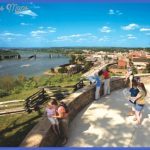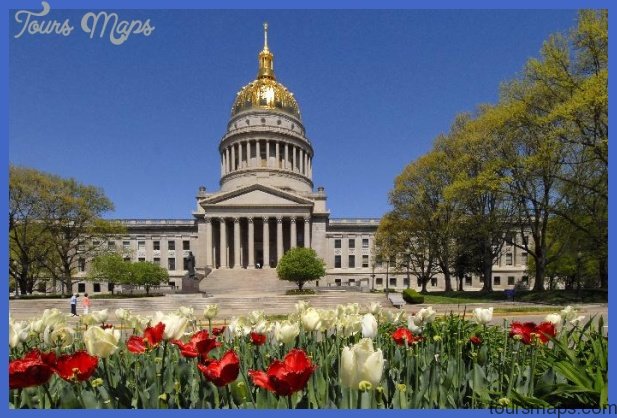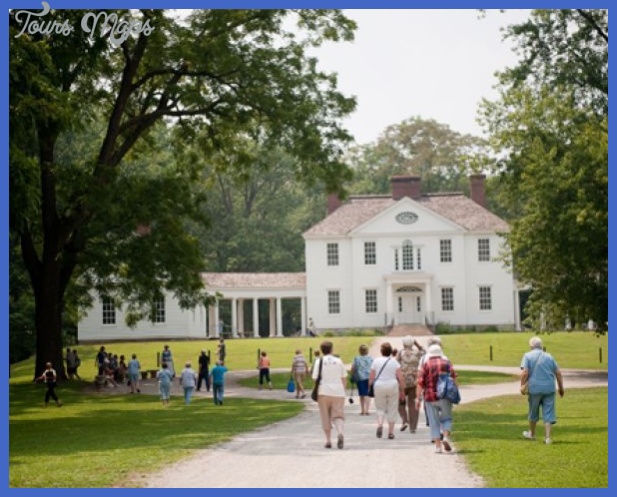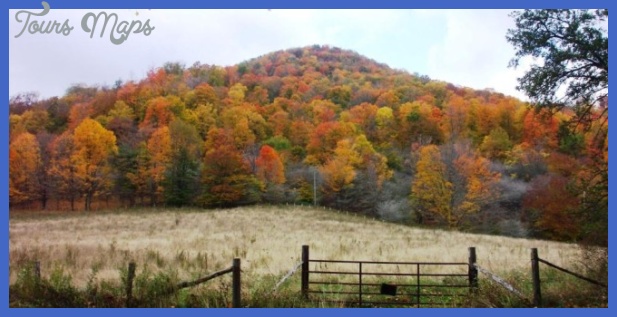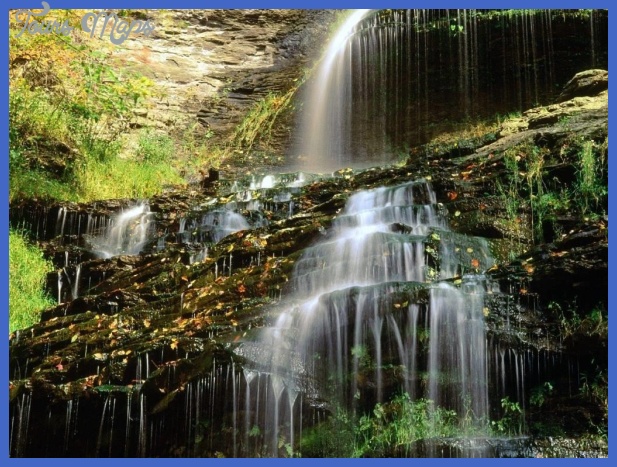Still, their lives were often difficult. In the coal towns, Spanish migrants (among other Europeans) were subject to intimidation from Anglo-Americans especially members of the Ku Klux Klan, who burned crosses and marched through towns, intimidating migrants because they were foreign and Catholic.2 In the mines, migrants were overworked without fair compensation. While they accepted the harsh conditions of work in the mines (including exposure to unhealthy air, dust,
and the possibility of accidental death), Spanish miners did not tolerate exploitation on behalf of the coal companies. Miners were penalized for not filling coal cars to the satisfaction of managers. This was often used as a tactic to pay Spanish miners less than they were rightly due. Beyond that, the miners were subject to various forms of harassment. Drawing on their experiences with labor organizing in the home country, Spanish migrants contributed to the formation and leadership of the United Mine Workers of America.3 In several cases, including that of the Grasseli Zinc Plant, Spaniards helped lead successful labor strikes.
Yet even despite hardships, Spanish migrants prospered. They maintained strong connections to the homeland and formed social clubs to promote their culture. For example, the Ateneo, organized in 1938, became the backbone of the Spanish community in Clarksburg, West Virginia. Through the social club, the migrants played music and held dances, dinners, and informal discussions. Forming ethnic enclaves, Spanish migrants continued to share their foodways and culture.
By the 1950s, however, the coal and zinc industries of West Virginia were in decline, affecting Spanish migrants and their communities. In particular, Spanish men and women sought work opportunities elsewhere, and many Spaniards moved to other states. Still others remained behind, integrating themselves more fully into the social fabric of West Virginia, fusing their cultural traditions with those of Appalachia. Today families who descended from original Spanish migrants continue to thrive in West Virginia. In recent years, many descendants have begun to document their histories and reclaim pride in their language and culture.
Although less is known about their history in West Virginia, Mexicans also settled the state’s coal-mining communities ruling the early 1900s. In the town of Omar, for example, several Mexican families clustered their houses together in a section of the community locally known as 700 Hill.4 There they settled, alone or with their families. The experiences of Mexicans in the coal-mining towns were similar to those of other ethnic minorities from Spain and other European nations. Deaths and accidents in the mines were part of life, as was exposure to discrimination and exploitation. Many Mexican miners eventually returned to Mexico, but others intermarried with Appalachians and built new families in the United States. While the heyday of West Virginia’s mining industry is long past, even today Mexican miners continue to be recruited for work in West Virginia’s coal mines.
West Virginia Travel Destinations Photo Gallery
Maybe You Like Them Too
- The Best Cities To Visit in The World
- World’s 10 Best Places To Visit
- Coolest Countries in the World to Visit
- Travel to Santorini, Greece
- Map of Barbados – Holiday in Barbados




